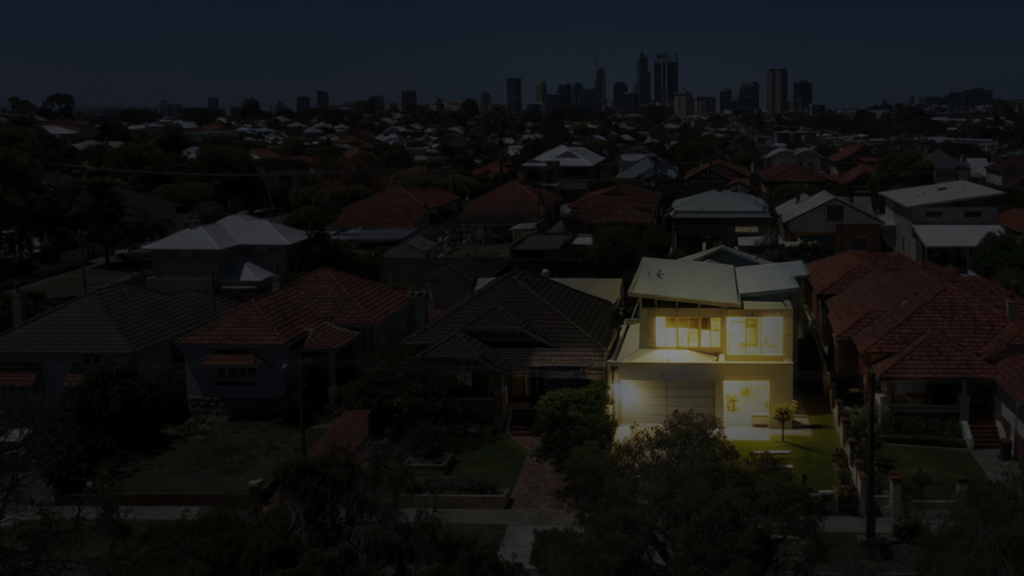Most of a solar power system is easy to imagine – you put solar panels on the roof, the sun hits them, they generate electricity and feed it into your property. If you’ve got a battery, they can feed it into there too.
But, a critical part of that system that no one talks about is a device called a solar inverter … where does that fit in?
Inverters aren’t as famous, but you do need one. Let’s go through everything you need to know about solar inverters in Australia including what they do, how to find a good one and when to call a professional.
What is a solar inverter?
How a solar inverter works
Here’s the technical answer, and the simpler one.
In technical terms, a solar inverter is a device connected to your solar power system that converts DC (direct current) into AC (alternating current). Or, in other words, it takes the type of electricity generated by your solar panels and transforms it into a type of electricity your house or business can use.
Some inverters also let you connect a solar battery to the system, and can help you run on back-up power in the event that the grid goes down.
Learn more: How solar works
Do I need a solar inverter?
Yes, to operate a solar power system in Australia you’ll need a solar inverter. Without one, you won’t be able to use the electricity generated by your PV panels, or add features like extra battery storage. While some home appliances are capable of running off a DC current, the vast majority require AC – which requires an inverter.
Types of solar inverters in Australia
There are a few types of solar inverters on the market, each designed to do the same job a little differently. This allows you to pick the inverter that’s best for your setup, maximising your cost efficiency and ensuring the smooth running of your solar system.
Common inverter types in Australia are:
- String inverters: This is the most common household inverter, and one of the cheaper options. Here, all of your solar panels are connected to a single inverter.
- Microinverters: Microinverters are smaller inverters which attach to each individual solar panel. This enables your solar panels to operate independently of one another, which you might require if your roof is an odd shape, variably shaded or just a bit complex from an installation point of view. They also enable you to monitor the performance of each solar panel, instead of watching the system as a whole.
- Hybrid inverters: A hybrid inverter is a combined string and battery inverter (see below), allowing you to install a battery at the same time as your solar panels. Some hybrid inverters also allow you to keep operating even during a blackout.
- Battery inverters: A battery inverter converts the DC electricity stored by a solar battery into usable electricity for your property – just as a regular inverter would do so for your solar panels. You’d usually only install a battery inverter to retrofit a new battery to an existing solar system. Additionally, many batteries (like the Tesla Powerwall 2 and 3) have an inverter built into the unit.
What solar inverter do I need?
How to choose a solar inverter
Choosing a solar inverter is a similar process to selecting solar panels or battery storage. The things you’ll need to think about are:
- The type of inverter that your system requires.
- What size of inverter you need.
- Where you’re going to install it.
We’ve covered the types of inverters above, so hopefully you’ve already got an idea as to what might be right for your system.
As for the size, an inverter’s maximum output capacity should meet at least 75% of your solar system’s capacity. So, if you have a 10 kW solar array, you’ll need at least a 7.5 kW (up to 10 kW) inverter.
And where will you install it? It’ll probably be mounted on the wall near your property’s switchboard. That is unless you opt for microinverters, which all go beneath each solar panel.
Learn more: What to look for when buying a solar power system
How to spot a good solar inverter
A good solar inverter will adhere to Australia’s national standards (AS4777) and be approved by the Clean Energy Council. If an inverter doesn’t meet either of these requirements, we’d recommend avoiding it.
It should come with a manufacturer’s warranty of at least five years, even better if you can get 10 years. Australia’s climate can be quite harsh on a solar system – you absolutely need that warranty, and try to resist the urge to just buy the cheapest brand. Durability will help you get your money’s worth.
Finally, the best way to know you’re getting the right inverter for your property is to ask a professional for help. That’s what we’re here for – just give us a call and we’ll talk to you about your options.
Can I add more solar panels to an existing solar inverter?
A string inverter will always be limited in its capacity as it can only ever handle so much power output, though most inverters of this type in Australia have room built-in to add more solar panels later if they’re not already at capacity.
If you expect to expand your solar system over time, you may wish to talk about getting microinverters or battery storage during your installation. Microinverters are inherently more flexible, as you can add or remove solar panels as you like from the system, and battery storage can help you get more out of your existing system without needing to expand.
Who can install a solar inverter?
You’ll need a certified electrician to install a solar inverter on your property, just as you would for your solar panels and battery storage too.
Want to learn more about getting a professional solar installer near you? Check out our solar system services here.
Where to get the best solar inverters in Australia
The best way to get a right-fit solar inverter for your property’s needs is to call in a professional.
At Think Renewable, we have solar-specialised electricians stationed across the country who can help you identify which solar inverter is right for your property, how big it should be, where to install it and how to ensure it’s kept safe. We also provide 10-year workmanship warranties, and can typically get a solar installation done in as little as 24 hours.
Book a free, no-obligations consultation and we’ll walk you through what’s right for your unique property, how much it’ll cost and when we can get started.






